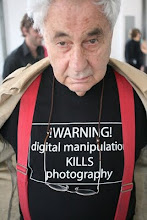Once the preserve of researchers and technology junkies, self tracking is rapidly evolving into a mainstream trend as people are able to use smartphones and wearable sensors to record an expanding range of data and make use of its analysis.
Many of the commonly tracked metrics relate to health and self improvement, but almost anything can be tracked; sleep, exercise, mood, weight, the list is almost endless as are the individual motivations for tracking. This project looks at the stories of the people who self track, the data they collect and their motivations for doing so.








































